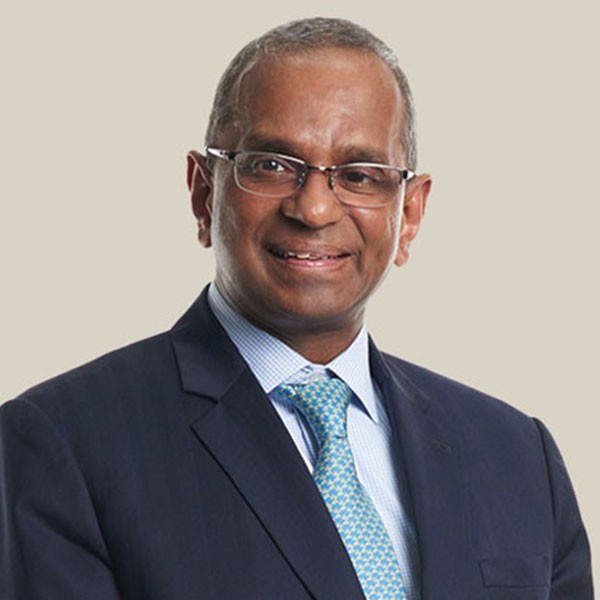
The challenges to the global economy have proliferated of late. Across the world, geopolitical uncertainties have depressed business confidence, inflation has soared and rate hikes by central banks are threatening economic growth as well as asset prices. China’s economy has also slowed more than expected.
As one of the world’s most open economies, Singapore is exposed to all these risks and its economy is bound to be hurt. Yet, there is good reason to believe that offsetting forces will allow its economy to remain on a reasonable growth track into next year.
Inevitable slowdown
With a trade-to-GDP ratio of more than 300%, the inevitable slowdown in global demand that we expect is bound to cause the trade-related sectors of Singapore’s economy to lose momentum; manufacturing, transportation and logistics and other supporting services are all bound to experience weaker demand.
Over the coming months, even demand for semiconductors, which comprise a large part in Singapore’s manufacturing sector, will probably slow. Within this, China now plays a bigger role in its economy than a decade ago, so the slowdown there will also hurt Singapore. The painful corrections in global financial markets could also depress capital flows and so reduce financial service activity in the economy.

Singapore’s considerable financial surpluses give its fiscal managers plenty of room to support the economy
Bouncing back
Fortunately, Singapore enjoys a number of offsetting positive drivers.
First, with most of the pandemic-related restrictions on travel, dining and other activities now rescinded, important parts of the economy are bouncing back from the slowdown. The latest data shows accommodation, transportation, food and beverage and related services expanding forcefully after two years of contraction.
A second important driver is investment by existing companies in Singapore. Much of this is to do with the unavoidable need for companies to digitalise in order to raise productivity. A major fillip is also coming from the two integrated resorts that are embarking on multi-billion-dollar expansion and retrofitting programmes.
Singapore’s Economic Development Board has pulled in an impressive number of high-value manufacturing investments
Strong investment
Third, the pipeline of new foreign investment is strong. Singapore’s Economic Development Board has pulled in an impressive number of high-value manufacturing investments in electronics, bio-medical sciences and other areas. Not only will the initial investment spending boost demand but the new manufacturing capacity will soon be adding to output as well.
Fourth, the South-East Asian economies, which are Singapore’s principal hinterland, are regaining lost ground as they put an end to pandemic-era limits on foreign travellers and domestic activities. For Thailand, Malaysia and Indonesia, the turnaround in tourism alone will generate considerable growth.
Encouragingly, the latest data show that the recovery in tourism in Thailand, for example, has been far stronger than expected. High commodity prices are also helping these economies, as prices of oil, palm oil, rubber and base metals remain higher than a year ago, despite their recent corrections.
As the regional economies expand, the demand for Singapore’s regional hub services will also flourish
Hub benefits
As the regional economies expand, the demand for Singapore’s hub services will also flourish. Its port, airport and entrepôt companies manage much of the regional trade flows, while its financial centre helps to finance that trade as well as the pickup in investment spending in those economies.
Fifth, a number of factors will help the finance sector to expand. Singapore’s incentives and innovative structures to attract wealth management activities are paying off. In the first four months of this year, the central bank approved more than 100 new family offices. Singapore’s introduction of a new form of legal entity, the variable capital company, has also helped attract investment funds to Singapore.
Fiscal capacity
Finally, Singapore’s considerable financial surpluses give its fiscal managers plenty of room to support the economy should things get worse. The recent S$1.5bn aid package to help lower-income households cope with higher food and energy prices is an example of this immense fiscal capacity.
There is huge uncertainty over how the global economy will perform; a realistic assumption must be that there will be more bad news over the coming months. Singapore’s economy will certainly slow as we move into 2023 but offsetting factors, including the government’s capacity to support the economy, should help the city-state remain resilient.

